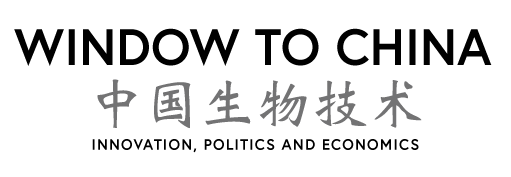https://www.nature.com/articles/s41586-025-09110-y
https://www.chinadaily.com.cn/a/202506/27/WS685e03c0a310a04af22c8d8d.html
Destructive and frequent locust plagues threaten the safety of agriculture, the economy and the environment globally. To control such outbreaks, large amounts of chemical pesticides are applied, raising severe concerns about food security, biodiversity loss, environmental pollution and human health. Researchers from the CAS Institute of Zoology and Peking University have now achieved precise chemical control of the biosynthesis and release process of the locust aggregation pheromone 4VA. For locusts, 4VA serves as a message for them to call their companions to form swarms. Locusts do not produce 4VA by themselves, but need to feed on the most common amino acid in plants to synthesize 4VA.
The team has identified the biosynthetic precursor compounds of 4VA and the key synthetic enzymes 4VPMT1 and 4VPMT2, by elucidating the complete biosynthetic pathway of this trace chemical substance.
The team identified that 4VPMT1 and 4VPMT2 are not only the key enzymes in the biosynthesis of 4VA, but also important targets for controlling locust aggregation.
In addition, they discovered that 4-nitrophenol (4NP), which is commonly found in plants, has a higher binding affinity to these key enzymes than 4VP, and can easily occupy the active sites of 4VPMT1 and 4VPMT2 — thereby inhibiting the biosynthesis of 4VA. Based on this finding, the researchers designed and developed specific small-molecule inhibitors, successfully achieving regulation of the locust aggregation pheromone and thus completing artificial directional intervention in locust aggregation behavior. By achieving precise chemical control of the biosynthesis and release process of 4VA, the researchers could send locusts a “fake message” to control the swarm because it becomes difficult for locusts to aggregate. When they are dispersed, locusts no longer produce acetone cyanohydrin, and birds can then eat them — thus achieving the goal of biological control.

